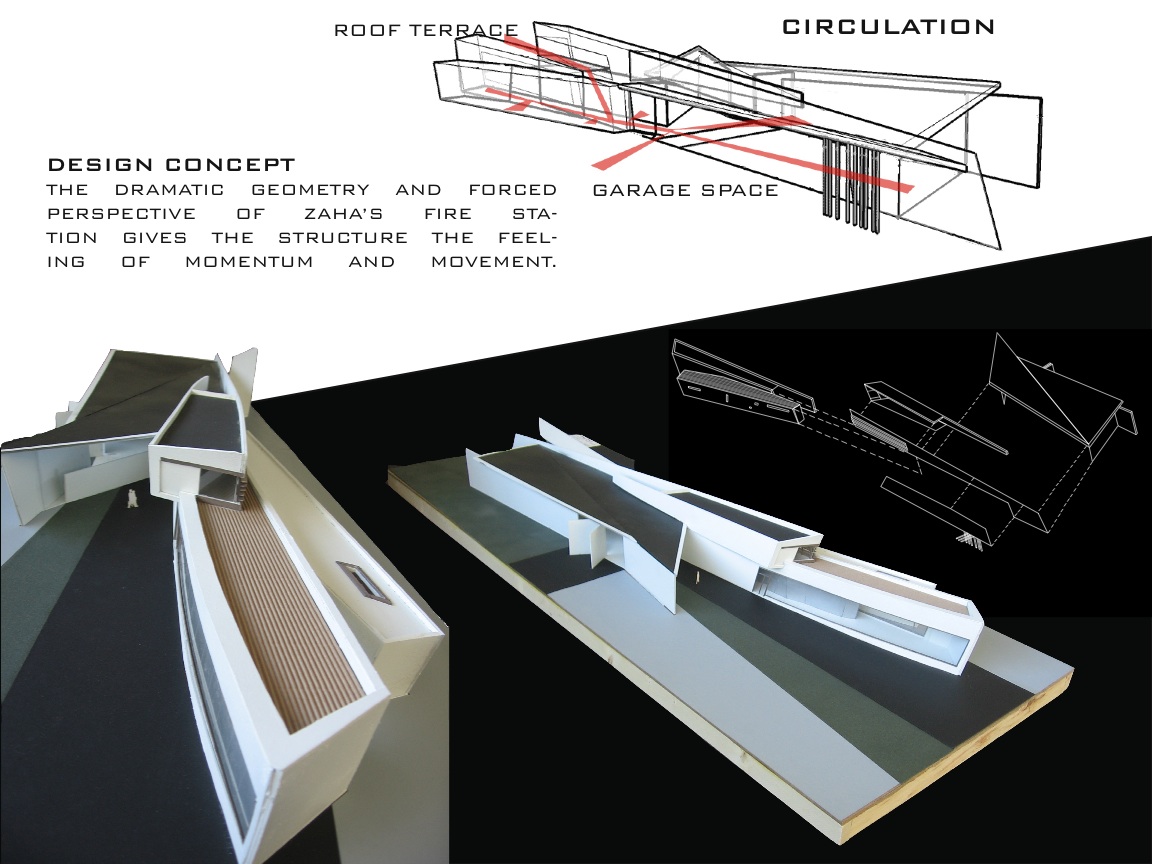Deconstructionism (Postmodernism)
(since 1980s)
- No commonly agreed definition
- an unprecedented degree of self-consciousness on the part of the artists, as well as a rejection of Modern art's emotional and spiritual detachment from society
- seeks to reflect and deconstruct (i.e. break down) on the concept of art and the artist itself.
- seeks to refute or critique all that was prevalent during the Modern era of art (equality, personal freedom, natural beauty, capitalism and a general bourgeois sensibility). Deconstructive Postmodernists argue that such values are baseless because they rest on certain confident assumptions about the way the world is, whereas in fact nothing in the world is knowable or understandable.
- began in the late 1980s and involves characteristics of fragmenting, questioning and distorting conventional concepts.
- Artists deploy a range of existing or past art styles and movements
- Deconstructionism most famous in architecture. Notable architects include Peter Eisenman, Frank Gehry, Zaha Hadid, Rem Koolhaas
- "Deconstructing is to deform a rationally structured space so that the elements within that space are forced into new relationships" (Samara 122).
Frederick R Weisman Art Museum (1993) Walt Disney Concert Hall, LA
Guggenheim Museum, Bilbao by Frank Gehry Michael Lee-Chin Crystal, Toronto, Canada
Vitra Fire Station by Zaha Hadid
Sources:
http://en.wikipedia.com
http://www.artyfactory.com/
http://www.arthistoryarchive.com/
http://arthistory.about.com/
http://arthistory.about.com/







